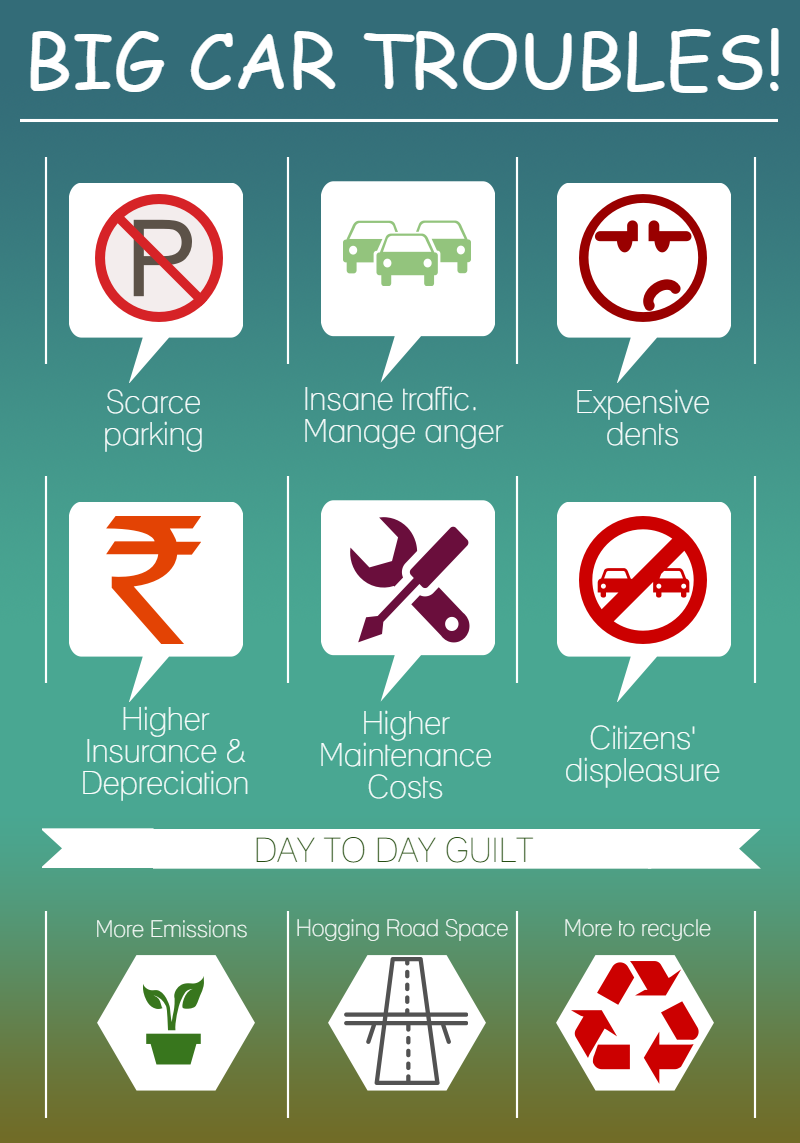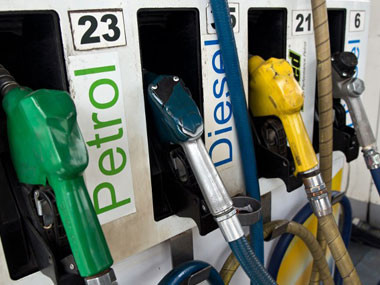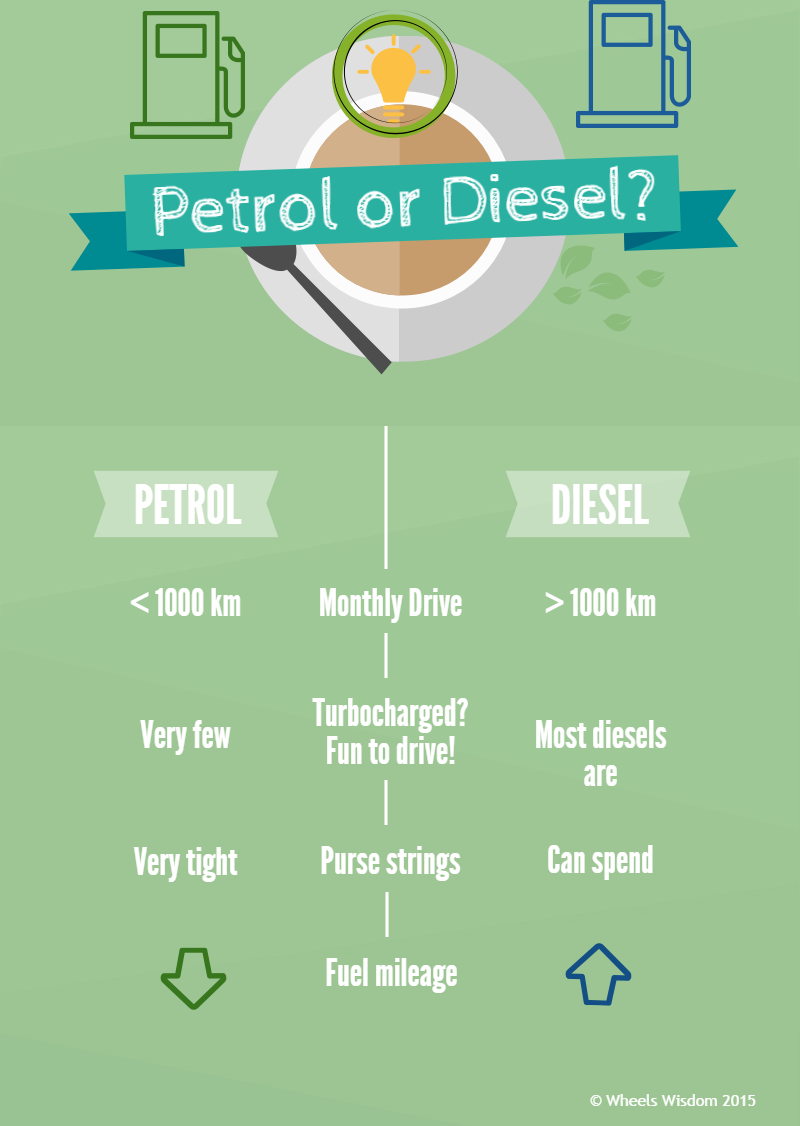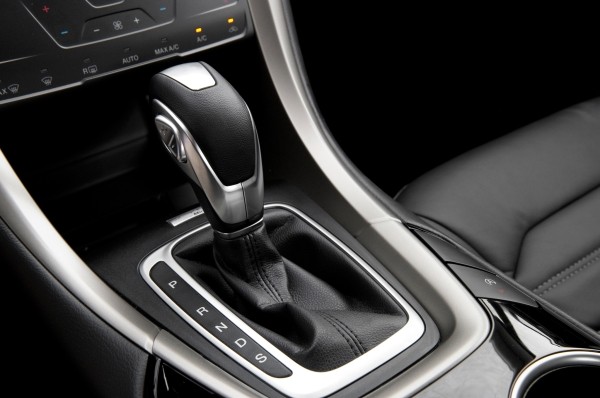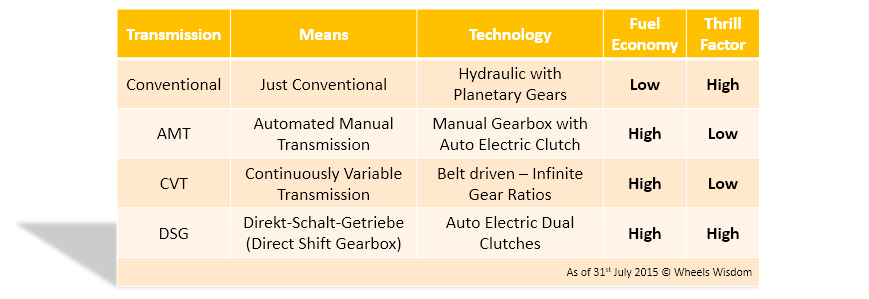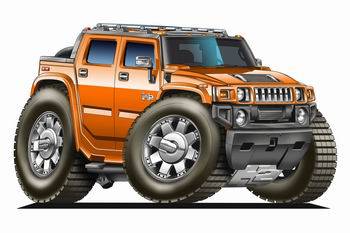
Congratulations on your raise! Now is the time to upgrade to that bigger car you’ve been dreaming about, right? Maybe not. Unfortunately, in the urban landscape, bigger is not better. Here’s why.
It’s true that bigger and fancier cars look cool in TV and newspaper advertisements. The look, the shine, the power, the badge – all announce to the world that you have arrived. Or do they? Well, if you live in one of India’s bustling metropolises, you might be getting in to a lot more hassle with that big expensive car than what you already face if you currently own a smaller car. Why? Take a look at the laundry list of troubles you’ll have to deal with when you get yourselves a bigger set of wheels. Remember, the car might be built by a multinational brand, but it still has to be driven and maintained on Indian roads!
So then, what’s our recommendation here? Well, as with all our articles, we promise to make this dilemma an easy one to get out of. Let’s do this. First, ask yourself this question – are you considering the bigger car primarily for use in the city or on outstation trips?
If you answered ‘in the city’, make sure you check out Public Transport and App Cabs first.
Is public transport from your home to work a viable option? If yes, go for it! Car ownership is a bigger hassle with super congested city roads and parking spots becoming impossible to find!
Cabs that you hail using an app turn out to be cheaper and hassle free too these days. The catch is that they’re often difficult to find during peak hours. Again, app cabs compare favorably to owning a big car and hiring a driver, when it comes to levels of fuss that go with each experience.
If neither public transport nor cabs make sense on your route, consider the following options in the order that they’re listed:
- Electric cars: With a 100 to 300 km range, electric cars are very practical in the city. If all you drive is 20 km a day, these cars only need to be recharged once in 3 or 4 days! They operate silently, and consume very little energy when waiting at red lights. They regenerate energy when you apply brakes or go down slopes and hills. They don’t pollute the environment. With so much going in their favor, electric cars are truly worth considering.
- Feature packed small cars: Auto companies realize that bigger cars are not sustainable. So does our government. Hence the excise duty benefits on cars shorter than 4 meters. In addition to making better economic sense over their bigger cousins, sub 4m cars are also hassle free to drive and park! They’re also available in a huge price range and come packed with ‘big car’ features!
- Hybrids: If you truly want to tell the world you’ve arrived, why not say it with a Hybrid? Instead of going for that entry level luxury brand, get yourself a hybrid. Your hybrid will say it loud and clear that you’re not just successful, but also that you celebrate your success responsibly. What’s more, if you love tech, hybrids are great fun to drive. It’s an exhilarating experience every time you see these advanced systems work their magic. Imagine, you roll off from a red right on electric drive, and then the engine automatically kicks in after a certain speed. Exciting, isn’t it?
- Self drive rental: After decades of being an underserved market, the Indian self drive car industry is finally seeing some hot action. You not only can rent a car with very little hassle, you also get a wide choice of cars to choose from! Right from economy hatchbacks to luxury sedans! If all you need is a car for outstation trips, self drive car rental is going to be way more cost effective and hassle free than owning a big car just for this purpose.
- Second car for the weekend: Exhausted all options above and none of them worked for you? Have additional parking? If yes, bite the bullet – bring home that big car as your weekend ride for long distance drives only. Don’t drive it in the city to avoid all the heartburn it will invariably cause you if you do.
So, what do you think – should you upgrade to a bigger car? Make sure you make a scientific decision, evaluating all options and then come to a conclusion.
Liked the article? Like or follow our social pages on Facebook, Twitter, or LinkedIn to get your regular feed of Wheels Wisdom articles.

